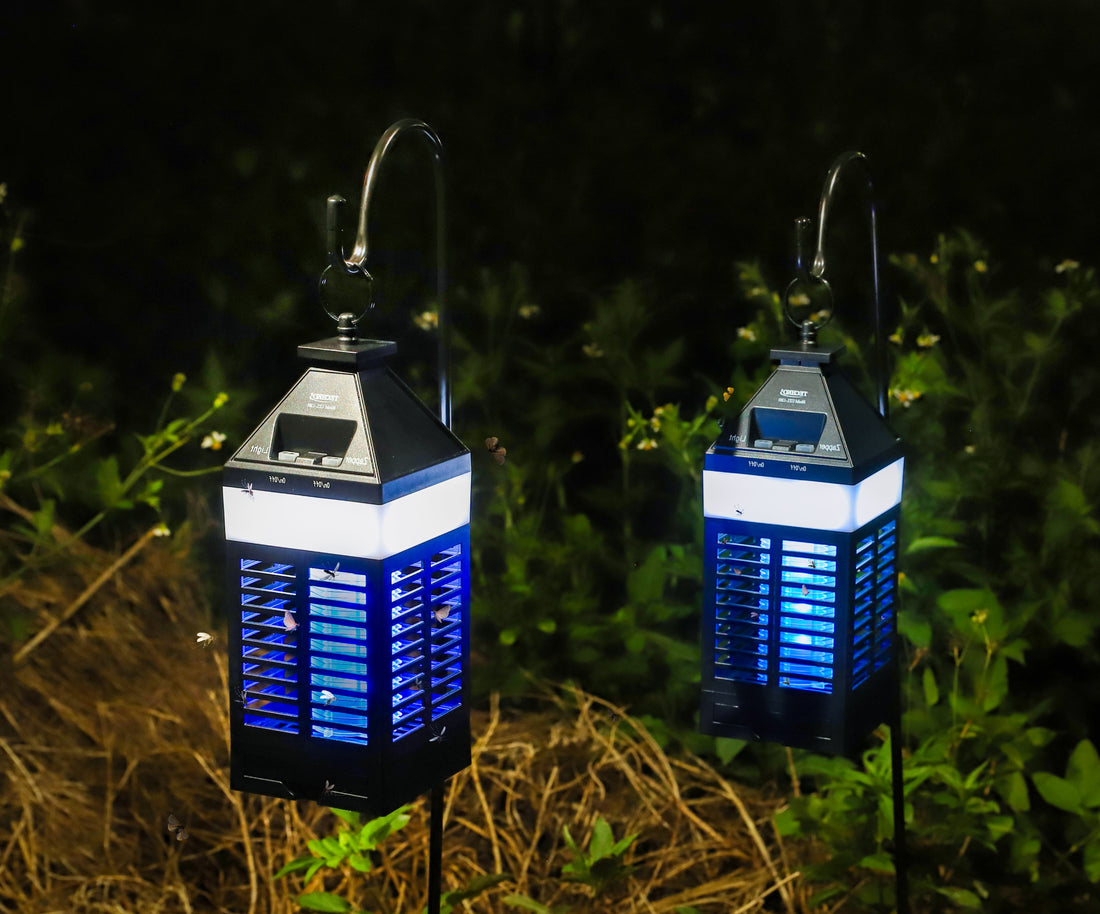
Do Blue LEDs Zap More Bugs? The Science behind Bug Zappers
Share
Have you ever wondered how bug zappers manage to attract those pesky insects? It's like they have a secret language that only bugs can understand. Well, fear not, because we're here to spill the beans on how these buzzing contraptions work their magic.
What's the Deal with Blue LED Lights?
One of the key elements in a bug zapper's arsenal is the blue LED light. Bugs are inexplicably drawn to this color, almost like moths to a flame (literally). The blue light acts as a beacon, luring unsuspecting bugs closer and closer until... zap! They meet their electrifying fate.
Frequency: The Bug's Siren Song
But it's not just the color that attracts bugs to bug zappers. These devices also emit a specific frequency that is like a siren song to insects. It's like a bug rave, with the zapper as the DJ spinning tunes that only bugs can hear. They can't resist the call of the frequency, leading them straight into the zapper's clutches.
Other Ways Bugs Get Attracted
Aside from the blue LED lights and frequency, bug zappers also use other tricks to lure bugs in. Some zappers release a scent that bugs find irresistible, like a moth to a flame (again, literally). Others use heat to mimic the warmth of a potential meal, tricking bugs into thinking they've hit the jackpot.
So, the next time you see a bug zapper in action, remember that it's not just a random device hanging in your backyard. It's a carefully crafted bug trap, using a combination of blue lights, frequencies, and other sneaky tactics to attract those unwanted guests. Who knew bugs could be so easily fooled?
Looking for more?
We highly recommend taking a look at this article by the New York Times.
